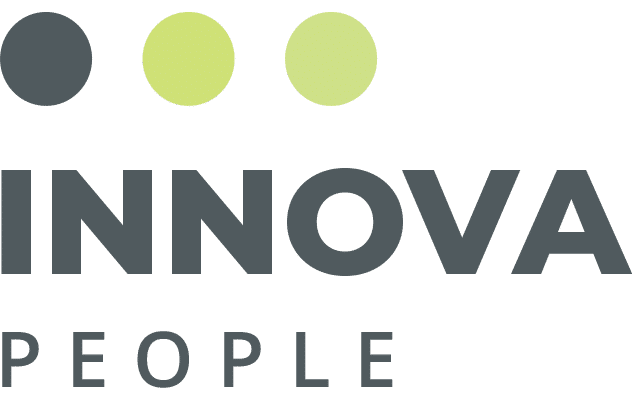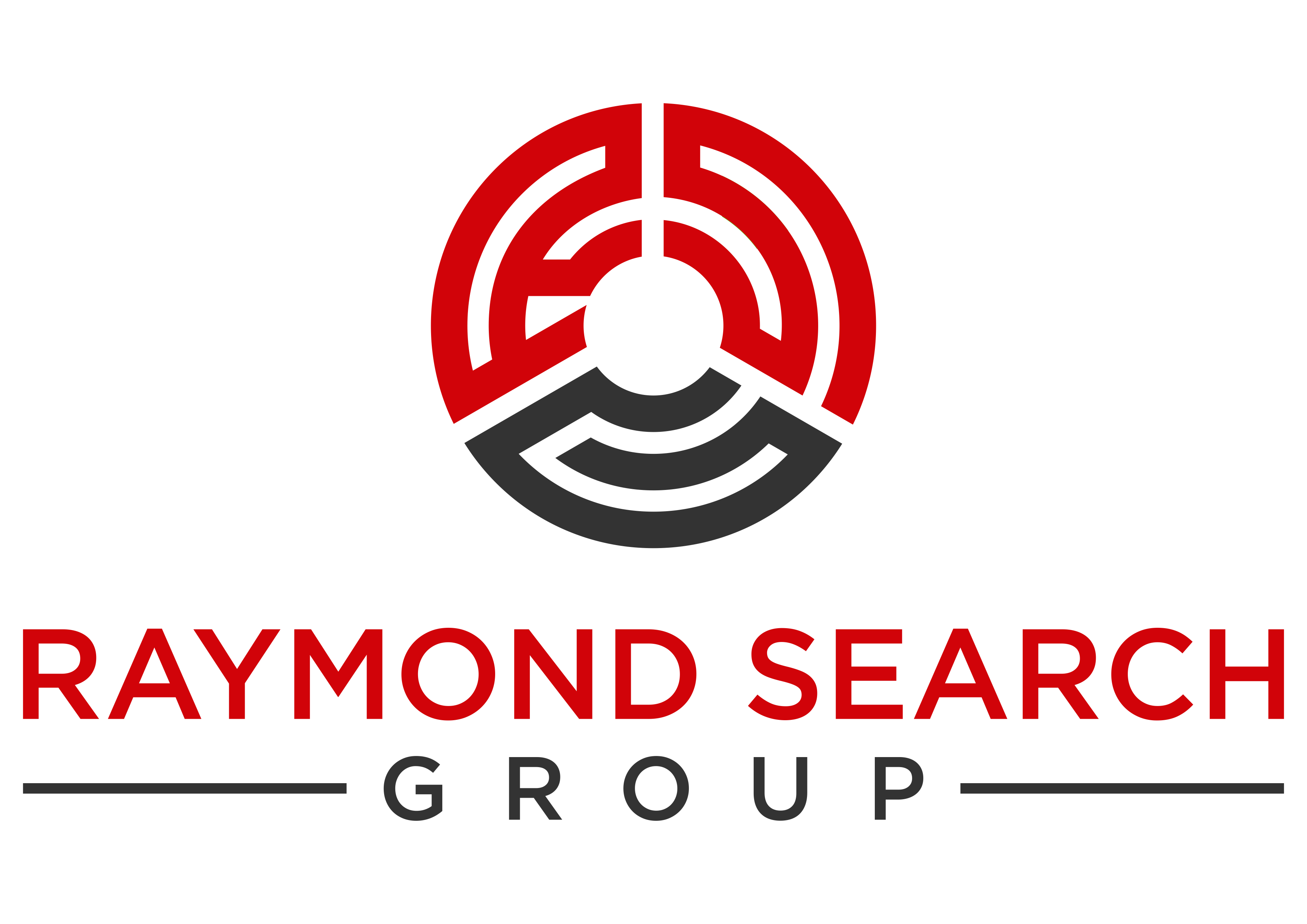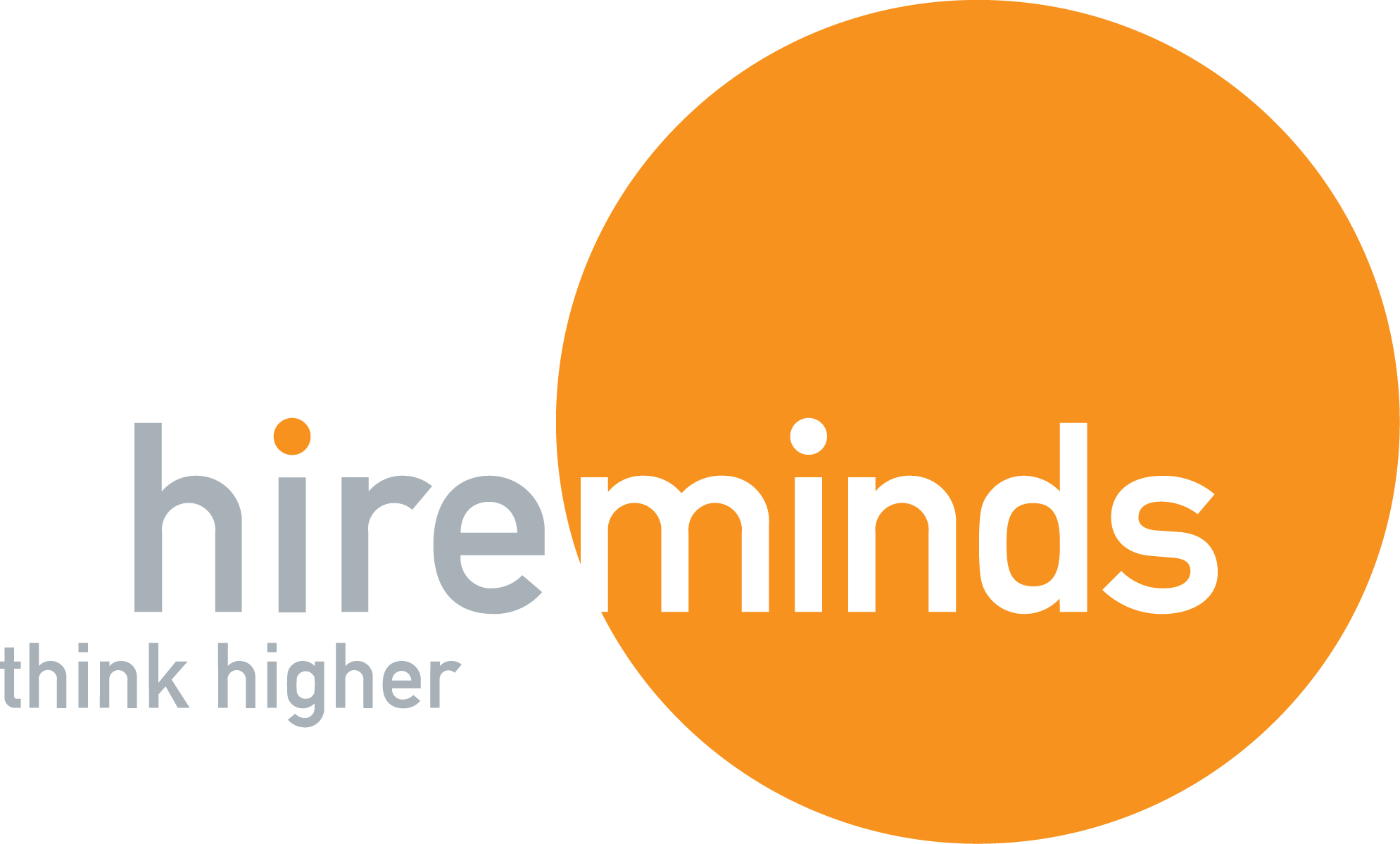
In today’s job market, your LinkedIn profile isn’t just an online résumé — it’s often your first impression. Recruiters use LinkedIn to assess whether you’re not only qualified for a role but also a professional worth reaching out to. In fact, a 2023 Jobvite survey found that 77% of recruiters use LinkedIn to find candidates, making it one of the most powerful tools in your career arsenal.
So, what exactly are recruiters scanning for when they land on your profile?
First and foremost, they’re looking for a clear and compelling headline. Rather than simply listing your job title, your headline should give a snapshot of what you bring to the table. Think of it as your value proposition. For example, “Registered Nurse | Skilled in Critical Care & Patient Advocacy” tells them far more than just “RN.”
Your profile photo is also more important than you may think. According to LinkedIn, profiles with professional headshots receive 21 times more profile views and 36 times more messages than those without. Choose a photo that’s high-quality, recent, and presents you in a professional yet approachable way.
Next up: the summary. This is your chance to tell your story, not just list qualifications. Recruiters want to see a genuine reflection of your personality and passion for your field. A concise, well-written summary can set you apart from hundreds of other profiles. Include keywords relevant to your role and industry to improve your visibility in search results.
Of course, your experience section needs to be thorough, but not overwhelming. Recruiters want to quickly understand your career progression and the impact you’ve made. Use bullet points to highlight measurable achievements where possible. For example, “Improved patient satisfaction scores by 18% through process changes in triage” is more effective than a vague list of duties.
Don’t overlook the importance of skills and endorsements. According to LinkedIn data, listing at least five skills increases the chances of your profile being viewed by recruiters up to 17 times more. Be selective and strategic. Choose skills that align with your career goals and that reflect current industry demand.
Finally, mutual connections, recommendations, and recent activity all influence how recruiters perceive your profile. Recommendations from colleagues or supervisors serve as social proof of your capabilities, while engaging with industry content shows that you’re active and informed.
If you’re serious about advancing your career, optimizing your LinkedIn profile should be a priority. A polished, purposeful presence can help recruiters not only find you — but choose you.





